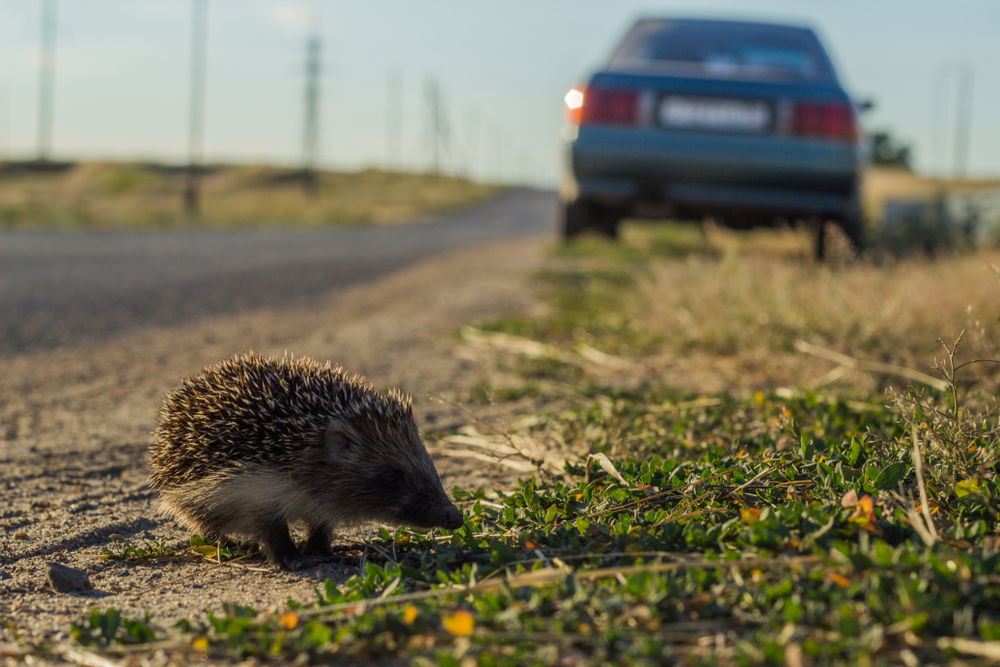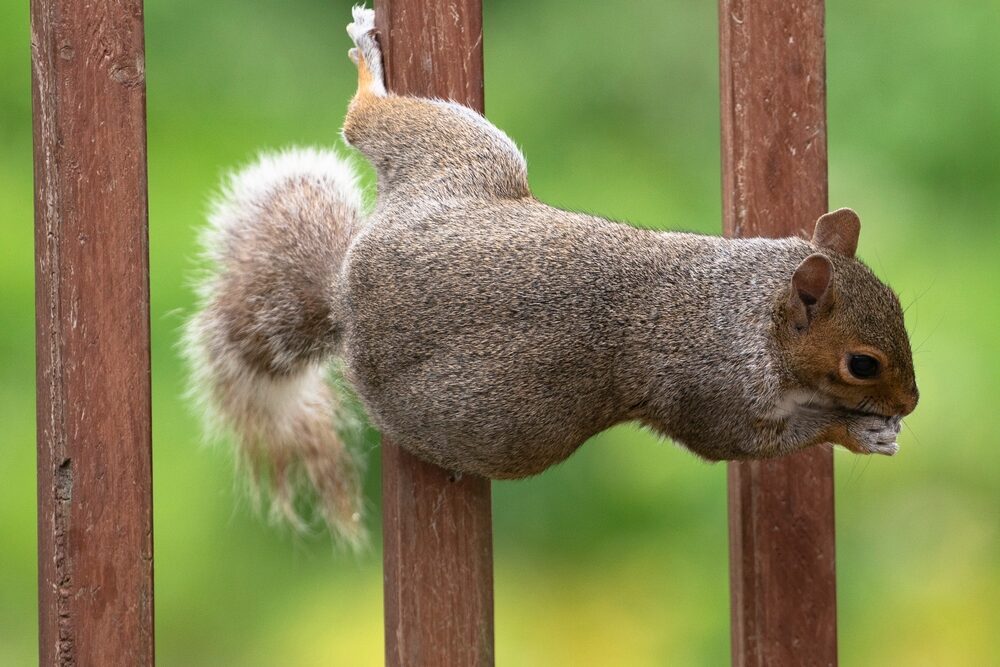Frog, squirrel, hedgehog, wild boar… Every year in France millions of wild animals die as a result of a collision with a vehicle. To combat this great scourge, there is a concrete solution: wildlife passage. Goal ? Allow different species to cross an obstacle without endangering themselves. Good While these developments took time to develop on national soil, they are now on the rise. Discovery.
23 500. This is the number of ungulate-only collisions (mammals with hoofs or claws) per year in France. Rising numbers showing the urgency to act. This is why regulations now require infrastructure projects to consider the issues of biodiversity and ecological continuity. This decision results “better knowledge and better monitoring of these collisions and ecological continuities on a regional and local scale, in particular under the impulse of nature conservation associations”explains Christian Hosy, coordinator of the biodiversity network within France Nature Environnement (FNE).
If authorities seem to be more concerned with protecting wildlife, it’s because there’s a lot at stake. Indeed, the development of these road crossings throughout the national territory means, above all, fighting against the risk of accidents related to collisions with animals. Because the latter cause considerable material, human and operational damage.

rural development
“It seems that fauna passages are mainly being developed in Europe (and France is one of the ‘good students’ with Germany and the Netherlands) and in North America.”
Christian Hozy
1 million euros allocated in 2022
In recent years, we have seen several devices appear in France, such as eco-bridges, eco-ducts, tunnels or sky bridges. These various road crossings installed near highways, departmental roads or railways make it easier for wildlife to cross. To date there is no mapping and the statistics are not up to date. And for good reason, “the information system on fauna passages is under construction at the French national level”†
However, the first reliable data has been published by the Center for Studies and Expertise on Risks, the Environment, Mobility and Planning (CEREMA). In 2017, France had 3,962 wildlife crossings and according to a first map of their location on the road and motorway network, the most developed areas would be in the south of France (New Aquitaine, Occitanie and the Sud-PACA). Since 2021, the Loire Atlantique has also been distinguished by the development of an active wildlife passage policy, stimulated by local associations. In total, almost 250 new infrastructural developments are planned between now and 2027 and one million euros have been earmarked this year.

“An active policy is needed”
According to Christian Hosy, “active policies in this area are necessary as the destruction, degradation and fragmentation of natural environments by human activities is the main pressure exerted on biodiversity today”†
But to implement this policy smartly, it is still necessary to correctly position the structures (i.e. the sectors where the species move the most), adapting them to the species that use them, adapt, by preserving them. and monitoring their effectiveness. In addition, other forms of burden, such as pollution, biological invasions, overexploitation and of course global warming, must also be tackled in parallel.
So there is still a long way to go to protect wildlife from road traffic.†